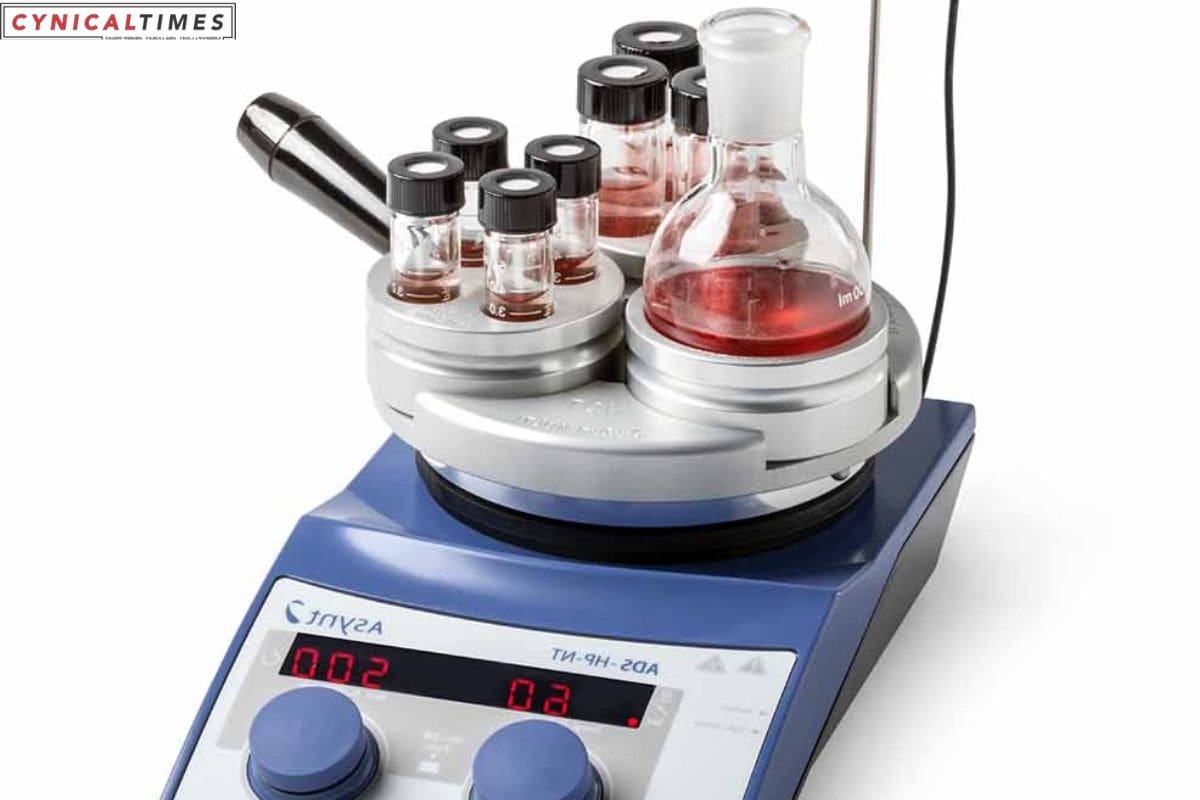Industry and Academia Advances Drug Discovery: In a remarkable collaboration, Asynt, the pioneers of sustainable laboratory equipment, joined forces with Kingston University in London, UK, and the globally renowned chemical product supplier, Key Organics, to craft an accessible synthetic compound library.
The Wren Group of chemists at Kingston University established a fruitful partnership with these industry titans to bring forth a groundbreaking synthetic compound library. Led by Dr. Stephen P. Wren, Professor Adam Le Gresley, and PhD candidate Nathan Long, the team curated an initial collection of 28 anilino and benzylamino monosquarate-amide squaric acid derivatives, strategically designed as bioisosteric substitutes for the ubiquitous carboxylic acid moiety.
These compounds not only illustrate the potential for generating fresh novel substances but also serve as valuable substrates for subsequent chemical transformations. Moreover, they are available in various formats to enhance global drug discovery initiatives.


Also Read: Unveiling the Secrets of Sgr A : The Milky Way’s Enigmatic Black Hole
By collaborating with leading industry experts such as Asynt and Key Organics, the Wren Group has facilitated access to essential laboratory tools like DrySyn oil-free heating blocks, CondenSyn waterless air condensers, and premium chemical starting materials. Their mission is to champion the development of accessible new chemistries through cost-effective synthetic compounds, readily accessible for scientific research.
Their work, featured in the SynOpen Thieme Journal, offers a detailed account of how DrySyn and CondenSyn contribute to improved laboratory conditions, enhanced reaction outcomes, and reduced environmental impact. For more insights, refer to the journal’s webpages.
Dr. Wren emphasized the vital role played by the partnership between the three organizations, noting, “we chose to work alongside Asynt and Key Organics because they are leading suppliers of parallel synthesis equipment and chemical building blocks, respectively. The Asynt equipment proved user-friendly and significantly boosted our productivity. Our collaborative exchange of chemicals with Key Organics was a delightful experience, and I extend my heartfelt gratitude to both for their valuable contributions.”
Asynt takes pride in its involvement in this innovative endeavor and eagerly anticipates the future endeavors of the Wren Group.
Our Reader’s Queries
What are the advance technologies in drug discovery?
Since the 1960s, artificial intelligence (AI) has been utilized in medicinal chemistry to design compounds for drug discovery. Machine-learning tools, such as quantitative structure-activity relationship (QSAR) modeling, have enabled the identification of potential target molecules from vast pools of candidate compounds. This innovative approach has revolutionized the field of drug discovery and has the potential to lead to the development of life-saving medications.
What is the collaboration between the pharmaceutical industry and academia?
When academia and the pharmaceutical industry work together, it leads to better research and innovation. This collaboration helps align academic research with practical applications, which creates a range of opportunities for PharmD graduates. These opportunities include working in drug development, clinical trials, FDA processes, and pharmacovigilance. By working together, academia and the pharmaceutical industry can achieve great things and make a real difference in the world of medicine.
What role do you think academic medical centers should play in drug discovery and collaborations with the biopharmaceutical industry?
Academic-industry collaboration in the development of new drugs has been focused on academic research since the 1970s. The research has been aimed at understanding the mechanisms of disease and identifying potential therapeutic targets. The biopharmaceutical industry has taken the lead from that point forward to develop new drugs.
What are the two major approaches to drug discovery?
Drug design can be approached in two ways: ligand-based and structure-based. In the former, the structure of the target macromolecule is unknown, so the focus is on designing and optimizing the structure of the ligand based on its relationship with activity. This approach is effective in cases where the target structure is not yet known.

